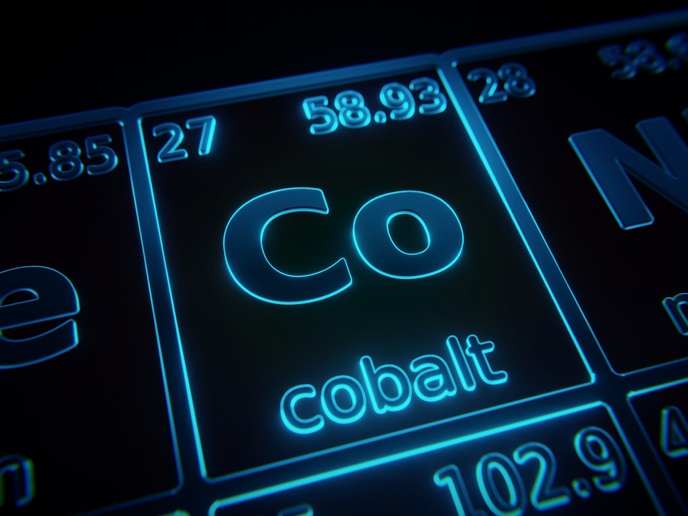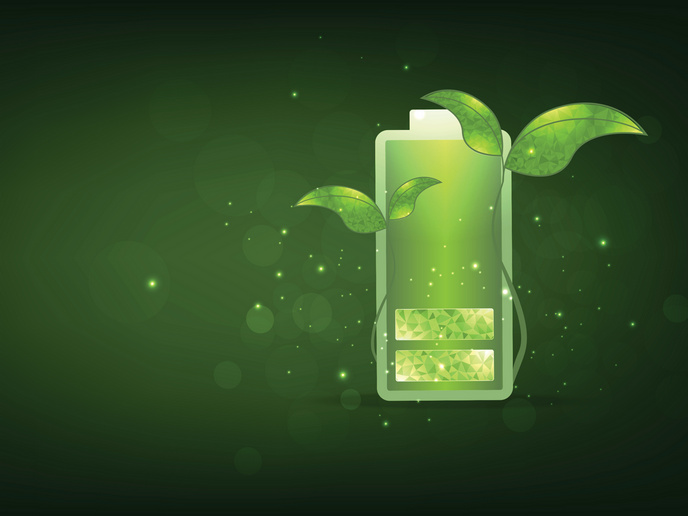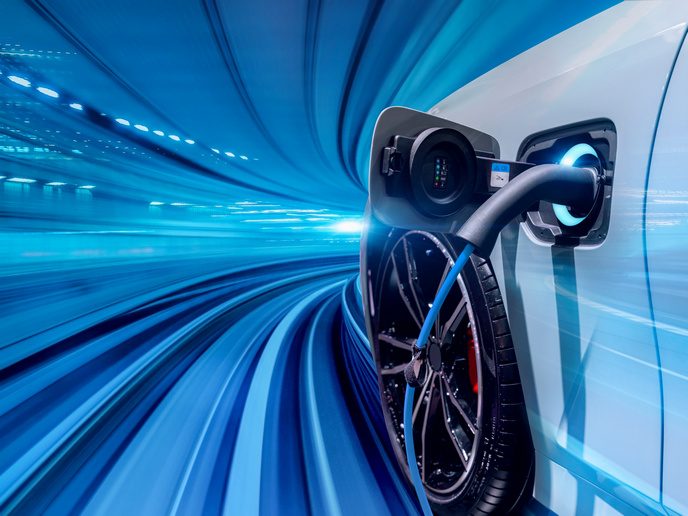Digging deeper: new cobalt recycling approaches forge a path to a greener future
From electric vehicle batteries to wind turbines, solar panels and smartphones, modern-day technology relies on the versatile and indispensable raw material cobalt to fuel progress. With the shift to a low-carbon economy, the demand for cobalt is skyrocketing, making it a critical material in creating a sustainable future. But where does this cobalt come from? Although Europe possesses significant reserves of cobalt-containing ores, traditional mining methods have proven to be unsustainable. As a result, it imports about 65 % of its cobalt needs (approximately 10 000 tonnes per year) from African countries. Only 35 % is produced from secondary sources, such as the recycling of spent batteries, superalloys and hard metals. The EU-funded CROCODILE project is leading the way towards a more sustainable and secure supply chain for cobalt. “Advanced technologies for smart cobalt recovery efficiently extract cobalt from primary and secondary sources, thereby reducing reliance on imported cobalt and promoting a circular economy through cobalt recovery from waste,” notes project coordinator Dr Lourdes Yurramendi.
Sustainable cobalt recovery from primary sources
“Cobalt can be leached from primary sources using bioleaching in mining operations,” notes Yurramendi. The method refers to the cobalt extraction from laterite ores using living organisms. Bacteria use the energy obtained from the oxidation of iron oxides, clay minerals or manganese oxides (which are the host minerals for cobalt) to transform the insoluble metal into a soluble form such as cobalt sulfate. In addition to achieving higher cobalt recovery rates and reducing the need for high-temperature smelting compared to traditional primary methods, the leachate can be further processed to obtain pure cobalt metal.
Transforming secondary cobalt recovery: a synergetic approach
CROCODILE’s technical concept for secondary sources relied on integrating several novel chemical engineering technologies with advanced physical pre-treatment solutions. For example, in the case of discarded lithium-ion batteries, the first pre-treatment method is essential in breaking down the complex structures containing a mix of cobalt-based compounds and graphite (black mass) into simpler compounds. These compounds are then separated from the waste stream using solvometallurgical treatment, which involves the use of deep-eutectic solvent (DES)-based solutions for the leaching process. The resulting solution containing the dissolved metals is then subjected to further chemical refining processes: liquid-liquid extraction with ionic liquids (ILs) and electrowinning to isolate and purify the desired metal, cobalt in the case of CROCODILE. “A lesson learnt in black mass treatment from lithium-ion batteries is that, along with cobalt, other metals such as nickel, manganese and lithium can be extracted and should be valorised. The recycling of all the solvents involved in the process (DES and ILs) together with the reuse of the residual black mass obtained after the leaching step are crucial for ensuring the economic viability of the process,” remarks Yurramendi. “CROCODILE produced a first of a kind viable mobile metallurgical system based on advanced hydrometallurgical and electrochemical technologies able to extract cobalt from black mass waste streams,” adds Yurramendi. The mobile system can produce around 6 kg of cobalt metal per day at the pilot constructed during the project. Life cycle assessment and cost studies show that this process has potential for industrial-scale cobalt production via optimisation and upscaling. CROCODILE’s innovative integrated route offers to the market a solution to minimise reliance on imported cobalt, promoting a sustainable supply chain and waste recovery.
Keywords
CROCODILE, cobalt, secondary sources, primary sources, bioleaching, lithium-ion batteries, black mass, pyrometallurgy, hydrometallurgy, deep-eutectic solvent, ionic liquids







